With the improvement in the quality of life, people are not only focused on the products themselves but have also raised their expectations for product packaging. After all, good packaging not only accurately conveys the attributes of the product but also effectively showcases the product’s features.
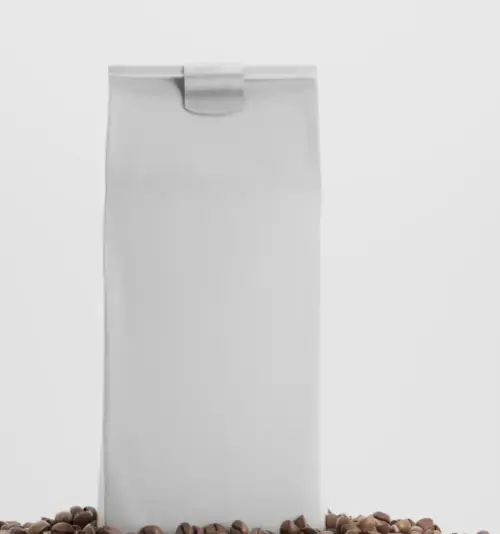
It’s no wonder that various eye-catching packaging pouches can be found on the market today. So, how are these packaging pouches made? What materials are they composed of? Today, I’ll share some essential knowledge about packaging pouches.
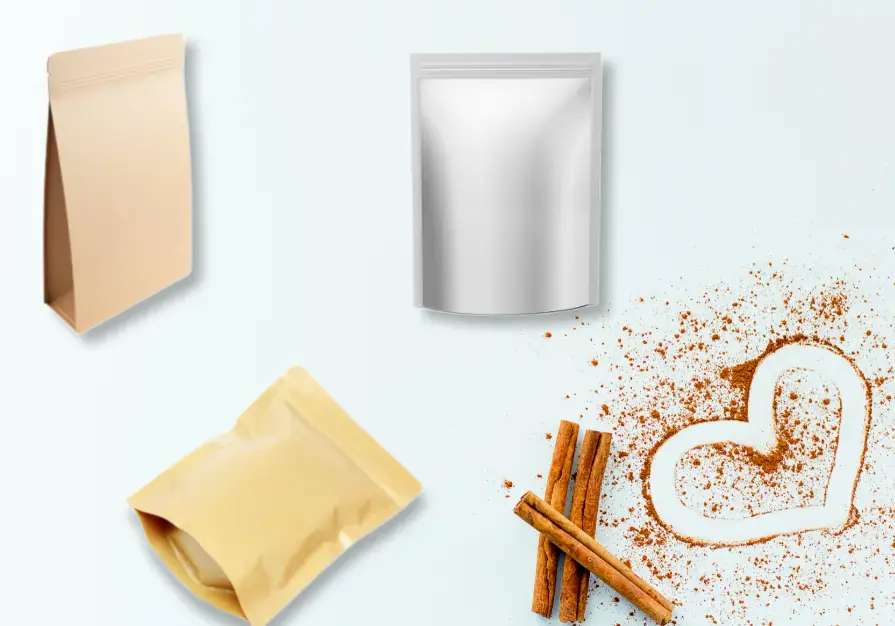
In fact, most packaging pouches on the market are made of multi-layer composite materials, which are known as the mainstream composite flexible packaging. Composite flexible packaging refers to flexible packaging formed by combining two or more materials with different properties, harnessing the advantages of each material to create high-performance pouches.

Take food packaging pouches, for example. Packaging food with multi-layer composite materials not only extends the shelf life of the food but also allows for the printing of a variety of colors and patterns on the food packaging pouches. This serves purposes such as providing usage instructions and product promotion.
Since packaging pouches come into direct contact with the packaged items, which are mostly food, it’s essential to consider several aspects when choosing packaging pouches. You need to consider hygiene while also paying attention to the following requirements.
1. Determining the Packaging Process:
There are various types of flexible pouches available, generally classified based on their intended temperature of use:
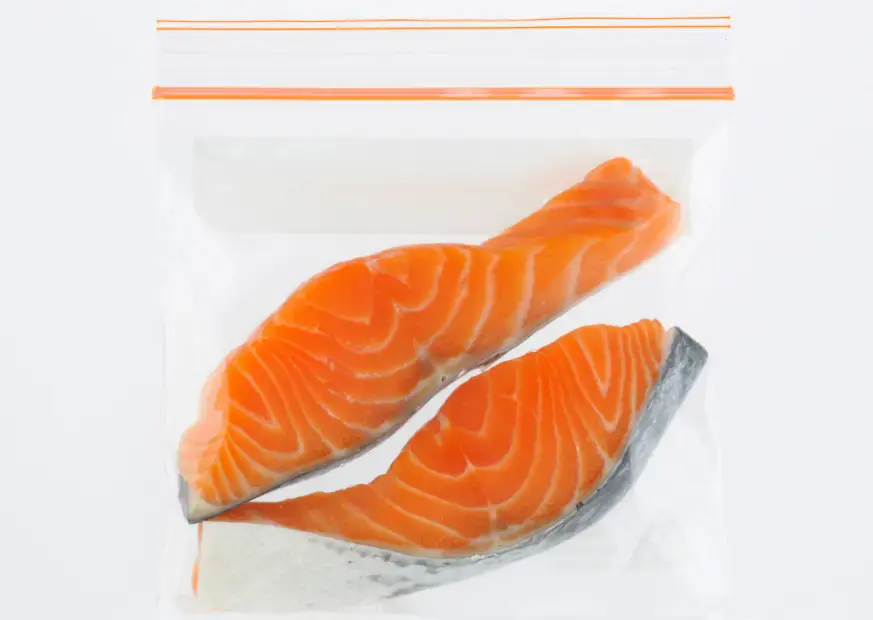
①Regular process: Suitable for packaging at room temperature, suitable for the majority of packaging needs.
② Boil-in process: Suitable for packaging at room temperature, and the pouches can be heated by boiling after packaging.
③ High-temperature process: Used for hot filling, the pouches can be heated by boiling or high-temperature steam after packaging.
Determining the Pouch Material: Simultaneously, the choice of pouch material depends on the specific usage conditions. There is a wide variety of composite materials for flexible packaging available in the market, typically structured with outer layers, middle layers, inner layers, and adhesive layers.
2. Determining the Pouch Material:
Simultaneously, the choice of pouch material depends on the specific usage conditions. There is a wide variety of composite materials for flexible packaging available in the market, typically structured with outer layers, middle layers, inner layers, and adhesive layers.

Outer layer materials are usually chosen for their good mechanical strength, heat resistance, printability, and optical properties. Common materials include Polyester (PET), Nylon (NY), Biaxially Oriented Polypropylene (BOPP), and paper.
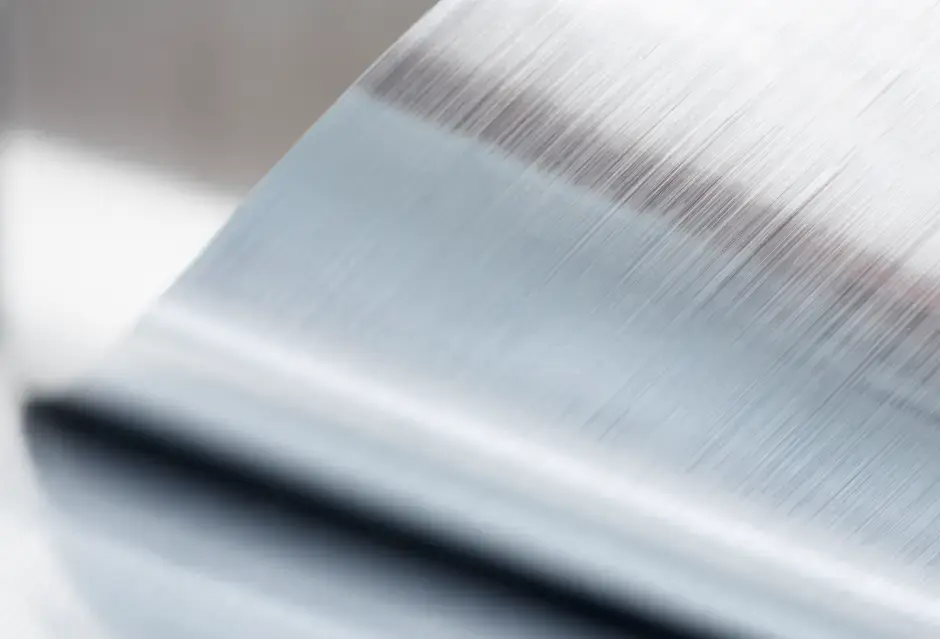
Middle layer materials are used to enhance specific properties of the composite structure, such as barrier properties, light blocking, aroma retention, and strength. Common materials include Aluminum Foil (AL), Metallized Films (VMCPP, VMPET), Polyester (PET), Nylon (NY), Polyvinylidene Chloride Coated Films (KBOPP, KPET, KONY), EVOH, among others.
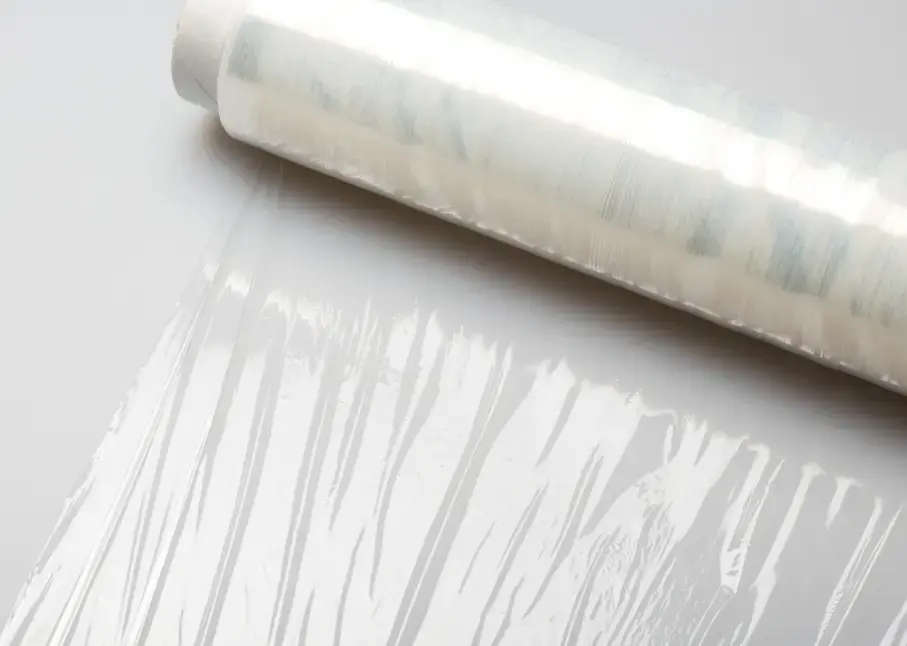
Inner layer materials are crucial for sealing and come into direct contact with the contents, requiring reliability, odorlessness, water resistance, and oil resistance. Common materials include Cast Polypropylene (CPP), Ethylene-Vinyl Acetate Copolymer (EVA), Polyethylene (PE), and modified materials.
The adhesive layer’s role is to bond adjacent layers of materials together to form the composite structure. Depending on the characteristics of the adjacent materials and the composite process, adhesives or adhesive resins may be used as the adhesive layer material.
3. Determining the Pouch Shape:
Select a pouch shape that suits the packaging product. Common pouch shapes include three-side seal, back seal (center seal), stand-up pouch, zipper pouch, four-side seal, eight-side seal pouch, irregular shapes, and spouted pouches, among others.
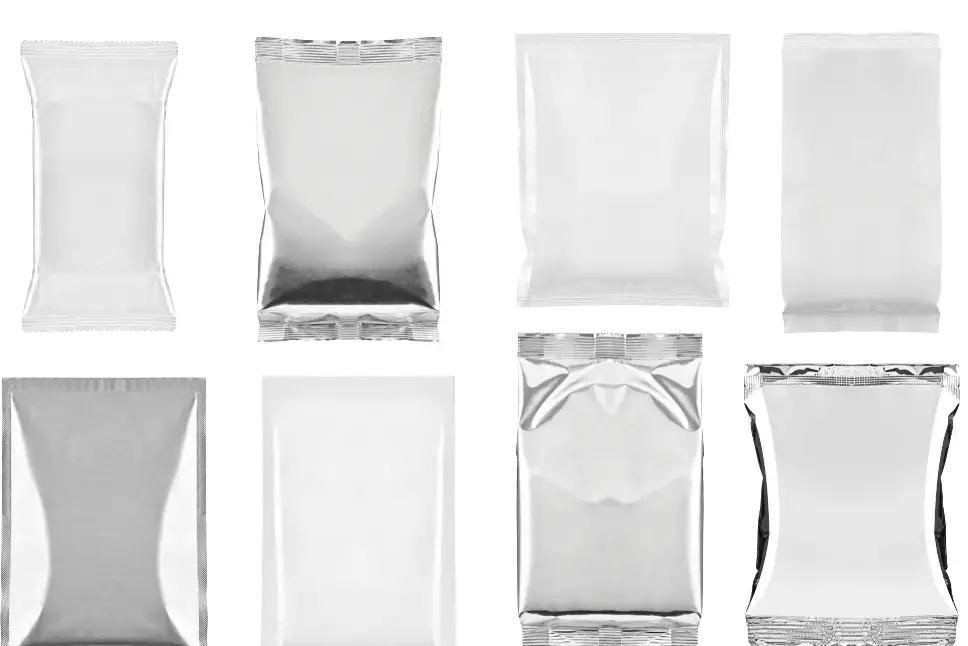
4. Determining the Pouch Thickness:
Additionally, consider the pouch thickness based on product usage conditions and material characteristics. Factors such as the pouch’s permeation coefficient, oxygen transmission rate, microbial count, carbon dioxide transmission rate, among others, can help determine the thickness of the composite packaging material.

In summary, selecting the right composite pouch involves considering various factors. In this regard, HuaiAn DongLin Packaging Products Co., Ltd. specializes in the research and production of various packaging pouches, selecting high-quality materials and using solvent-free composite processes to provide you with satisfactory packaging solutions for various products, including food and wet wipes.
Post time: 09-21-2023

